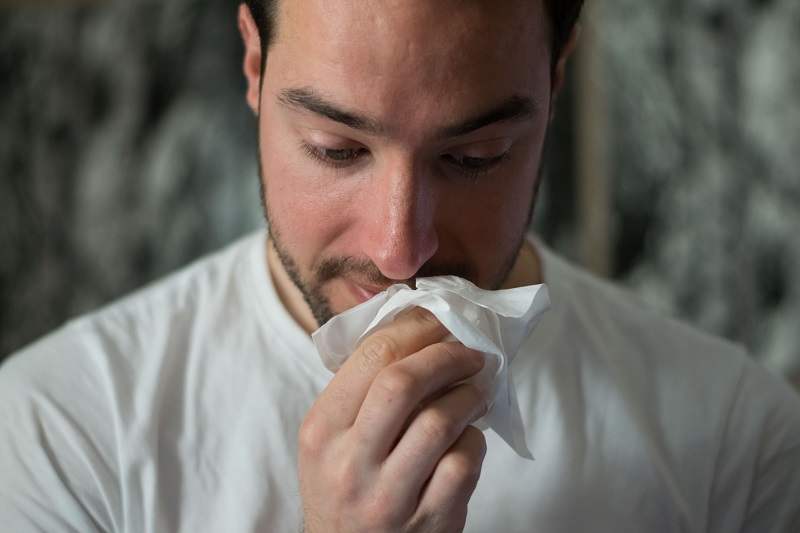The Effects of Indoor Air Quality on Allergies
Your home’s air quality can have a significant impact on your allergies whether you see it or not. Every day we breathe in air, indoors and outdoors, that can contain allergens and other contaminants that affect allergies. The good thing about indoor air is that there is a certain extent of control you have over improving it and removing any allergens that are bothering you. When the early months of spring roll around, it’s likely that your allergies start flaring up more often. However, by improving your home’s indoor air quality, you can make these effects not as harsh on your allergies. First, let’s explore how to evaluate your home’s air quality to identify whether it could be worsening your allergies or not.
How poor air quality can cause allergies to be worse
If you are wondering if there’s a connection between poor air quality and a person’s allergies getting worse, the short answer is yes. Many air pollutants from cigarette smoke to pollen can enter the air you breathe and trigger your allergy symptoms. This can cause sneezing, watery eyes, an itchy throat, and more symptoms to occur. Some of the most common allergens that can contribute to poor air quality in your home include the following:
- Carbon monoxide
- Tobacco smoke
- Mold
- Pollen
- Ozone
- Lead
- Pet dander
- Biological pollutants
How to evaluate your indoor air quality
There are many ways that you can go about testing your indoor air quality at home. The amount of pollution in your air can vary greatly from home to home. That’s why checking the air quality levels yourself will give you a better idea of your overall air quality. Here are a few different ways to evaluate indoor air quality:
- Buy an indoor air quality monitor
- Have a home energy audit to identify air leaks and pathways where the outside air is entering your home
- Ensure carbon monoxide alarms are up to date
- Conduct a radon test
By doing these things, you can get a pretty good understanding of whether your indoor air quality is poor or if it’s good. These tests will also help you find the best solution for improving your indoor air quality.
How to maintain good indoor air quality
Once you finally have good indoor air quality, you want to keep it that way so that it doesn’t get bad again and bother your allergies. There are many different things you can do in your home to ensure that the air quality remains good. You will be surprised to learn just by keeping up with these simple tasks, your home can continue to have good air quality no matter what time of the year it is. Here’s what we recommend you do:
- Regularly clean your home including dusting and vacuuming
- Seal air leaks to keep the outside pollen and allergens from entering your home
- Replace filters regularly in your heating and cooling system
- Run an air purifier throughout your home
How a professional can help improve indoor air quality
There is only so much you can do as a homeowner to remove any contaminant or pollutant in the air. For the harder-to-reach places like your air ducts, it’s better to get the help of a professional to do the job. Professionals are able to come into your home, assess indoor air quality, and then create a customized plan that fits your home. It could be that you are dealing with bad mold that needs to be removed or you have a problem with lead, it’s much safer to let a team of professionals safely remove these contaminants rather than you doing it yourself. Overall, experts in air quality will be able to help your home achieve better indoor air quality.
If you have done your part doing home air quality checks and you find that your air quality is not where it should be, Ecotelligent Homes is ready to help. We have a great team of air quality experts that have extensive knowledge in mold remediation, asbestos abatement, lead-safe practices, duct cleaning, and more. Contact us today to get on the road to healthier indoor air quality for you and your entire family.
